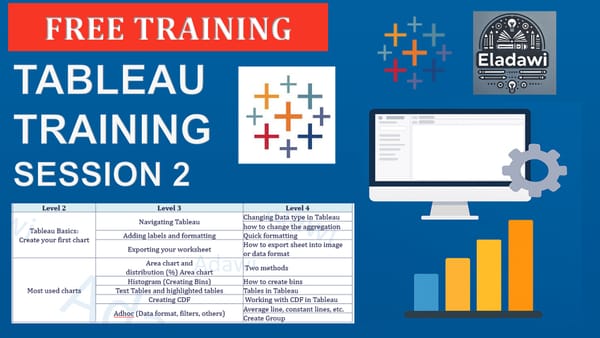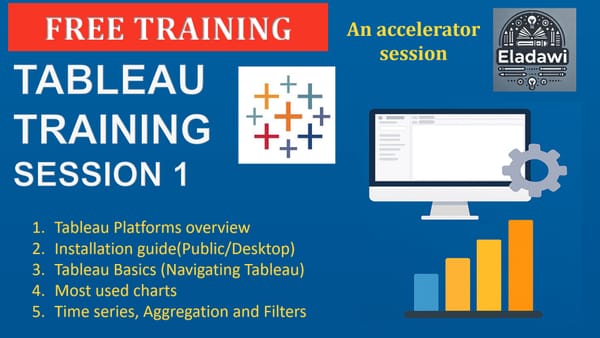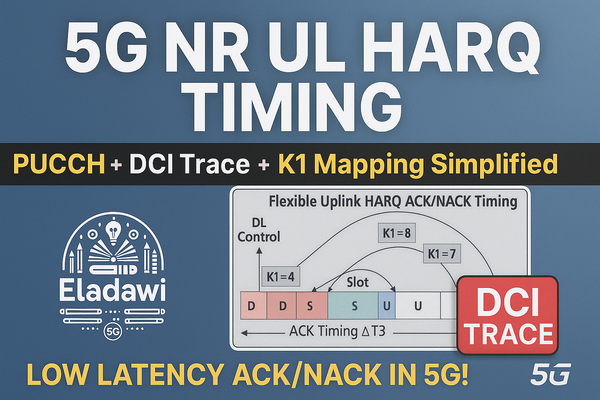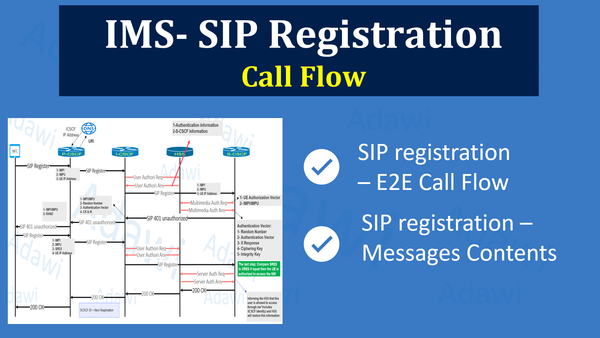
Tableau Training 2025: Tables, Heatmaps & Table Calculations Made Easy (Session 3)
🎯 Session 3, we`ll cover all you need to know about working with all different tables in tableau, table text, highlighted table and heatmap tables and more. 🔗 📥 Download the dataset/materials used in this training https://www.mohamedeladawi.com/tableau-free-training-materials/ 📁 Tableau Installation links: https://www.tableau.com/en-gb/products/public/










